The url to this new version of APEX 4.0 is still the same: http://tryapexnow.com/apex/

I'll start some proper testing next week, but if you already want to read what is changed, you find more information on Joel Kallman's post.
I created this Blog to share my knowledge especially in Oracle Application Express (APEX) and my feelings ...






select *P1_EXCEL_FILE is the item name of the File Browse Item. The other thing to remember is to call your button XLS2COLLECTION or have that as the request value.
from apex_collections
where collection_name = 'P1_EXCEL_FILE'
 If you are going to ODTUG this year and you want me to do a favor... Put in my name "Dimitri Gielis" in "How did you hear about the conference?" when you register.
If you are going to ODTUG this year and you want me to do a favor... Put in my name "Dimitri Gielis" in "How did you hear about the conference?" when you register. |  |






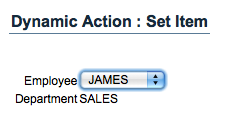 In the Application Builder you find a new region (tree record) called "Dynamic Actions". Right click on that and click Create
In the Application Builder you find a new region (tree record) called "Dynamic Actions". Right click on that and click Create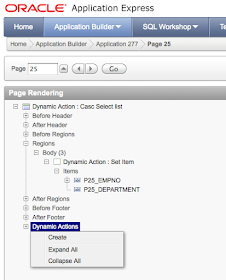
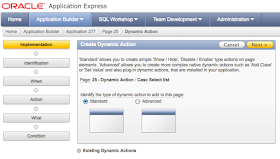
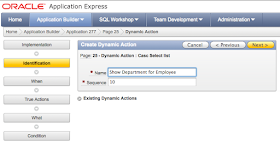 Tell the dynamic action when it needs to fire. In this case I want that something happens whenever I change from Employee (P25_EMPNO).
Tell the dynamic action when it needs to fire. In this case I want that something happens whenever I change from Employee (P25_EMPNO).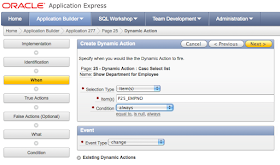
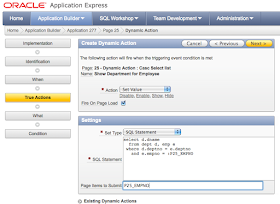

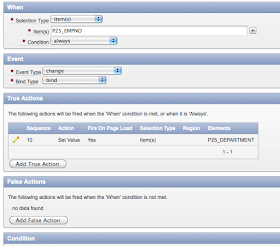
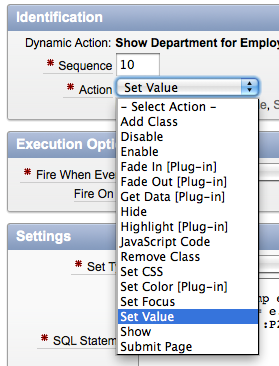




 More and more Oracle User Groups include APEX tracks now.
More and more Oracle User Groups include APEX tracks now.
 This year we'll do more Oracle Application Express trainings. You find the complete schedule on our new site.
This year we'll do more Oracle Application Express trainings. You find the complete schedule on our new site. Introduction to Oracle APEX I (8-10 MARCH 2010 - 3 days)
Introduction to Oracle APEX I (8-10 MARCH 2010 - 3 days) Introduction to Oracle APEX II (11-12 MARCH 2010 - 2 days)
Introduction to Oracle APEX II (11-12 MARCH 2010 - 2 days) Advanced Oracle APEX (15-17 MARCH 2010 - 3 days)
Advanced Oracle APEX (15-17 MARCH 2010 - 3 days)